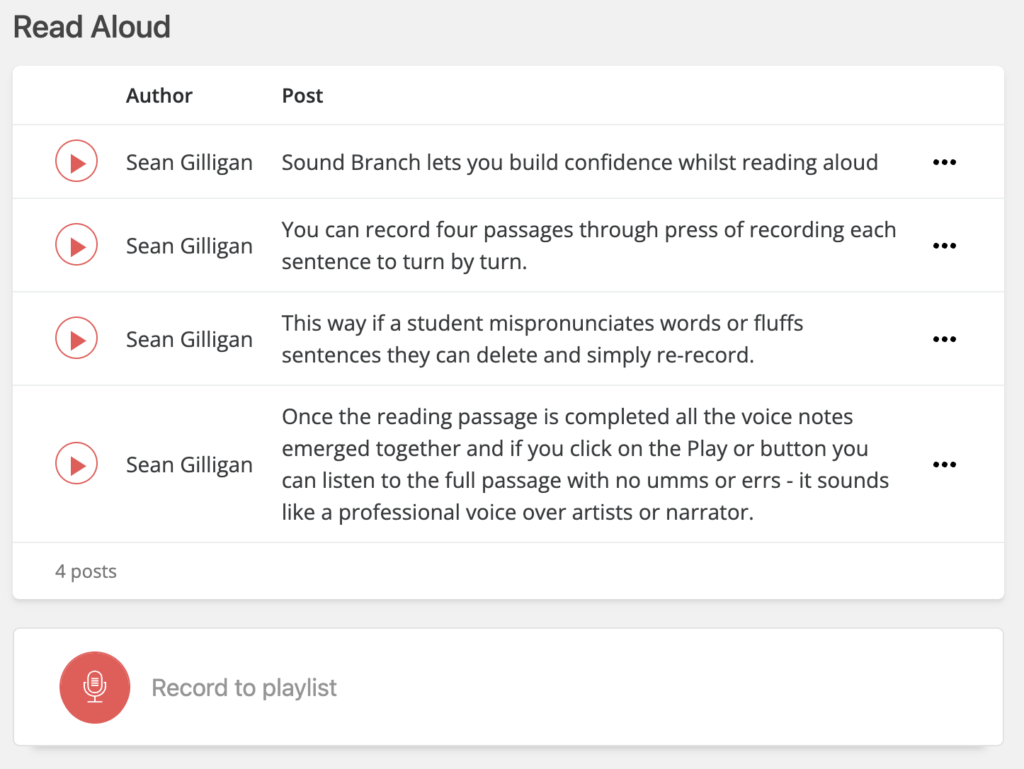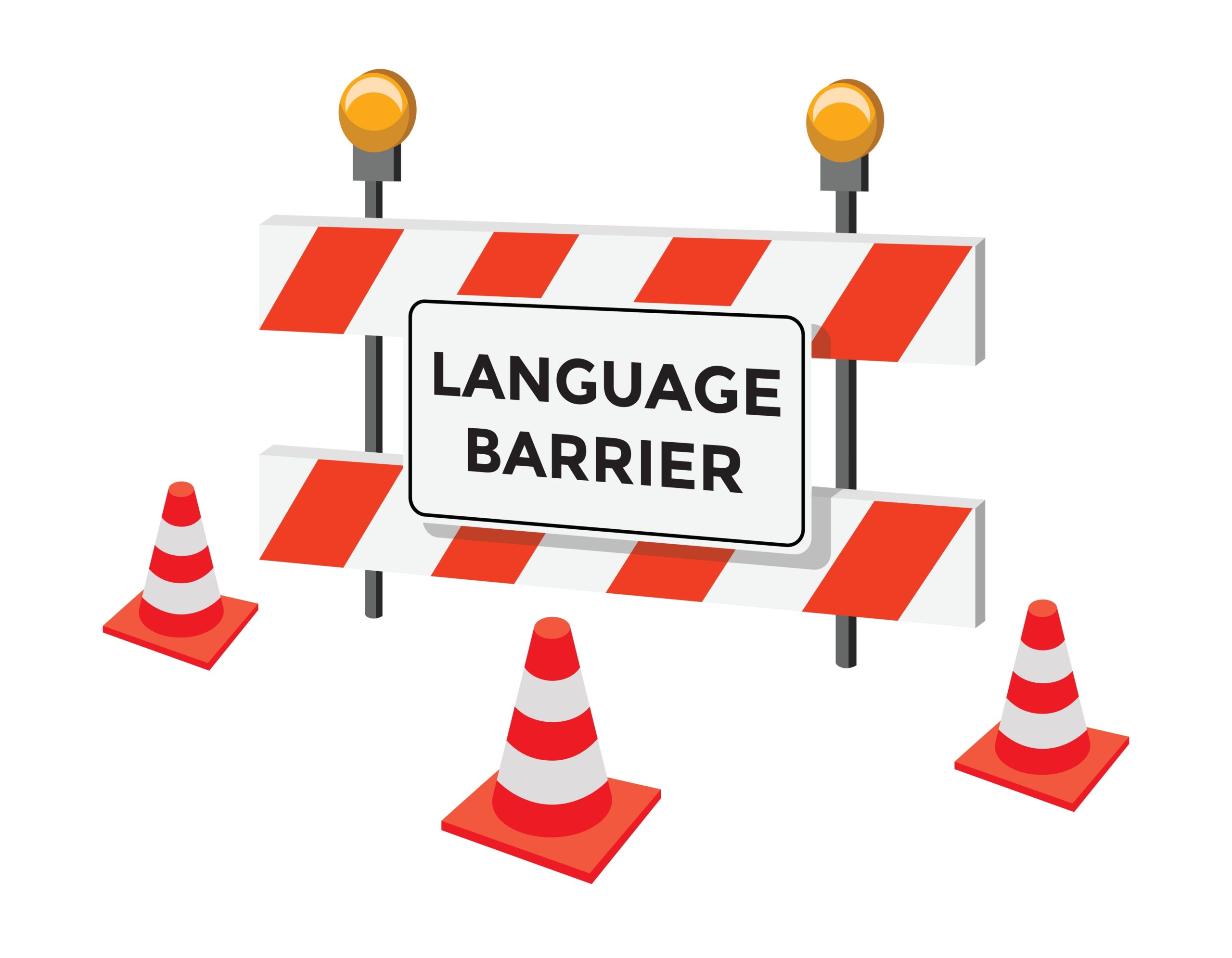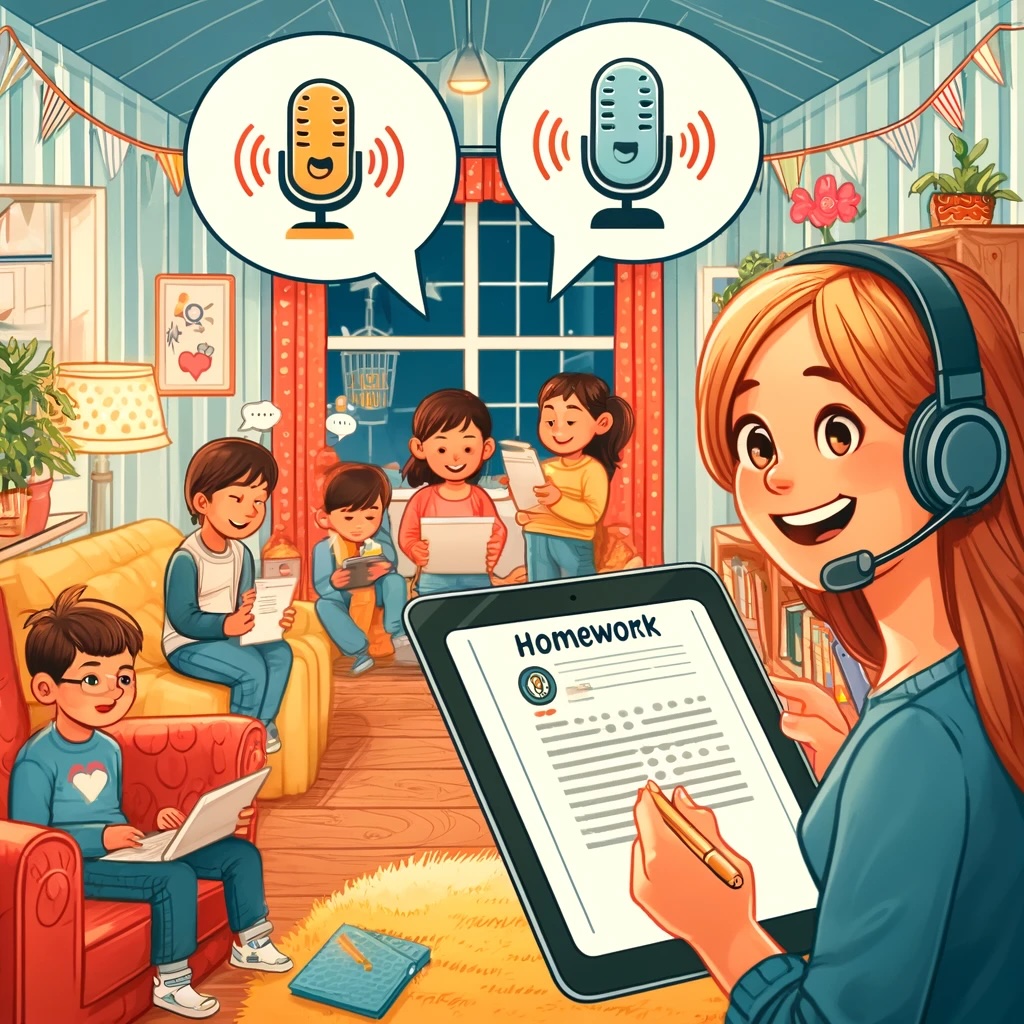A Forgotten Key to Educational Success
In the quiet hum of a classroom, a child’s voice breaks the silence, tentatively at first, then gaining strength and confidence as the words spill out, one after the other. It’s a simple act—reading aloud—but it’s one with profound implications. For centuries, reading aloud was the cornerstone of education. Before literacy was widespread, this was how knowledge was transmitted, ideas were debated, and stories were shared. Yet in the modern era, as silent reading became the norm, this practice began to fade into the background.
But what if we’ve overlooked something essential? What if reading aloud isn’t just a quaint relic of the past but a powerful tool for unlocking a child’s full potential?
The Forgotten Art of Reading Aloud
In the UK, education policy is beginning to acknowledge what we’ve long known intuitively: reading aloud matters. It’s a practice rooted in the very fabric of the National Curriculum, woven into the daily routines of primary schools, and increasingly emphasized in secondary education as well. Reading aloud isn’t merely about fluency; it’s about something deeper.
When a child reads aloud, something magical happens. The act of vocalizing text engages multiple parts of the brain, intertwining the cognitive processes of reading with the physical act of speaking and the emotional experience of storytelling. It’s an all-encompassing exercise that enhances literacy, boosts comprehension, and builds confidence. The Ofsted framework, which monitors and evaluates schools in England, underscores the importance of this practice. Schools are encouraged to create environments where reading isn’t just a task to be completed, but a journey to be experienced and shared.
The Benefits: More Than Just Words
Let’s delve into the science for a moment. Reading aloud does more than improve literacy. It fosters a deep connection between the reader and the text, making it easier for students to decode complex sentences, understand nuanced meanings, and retain information. This isn’t just about the words on the page; it’s about the ideas they represent.
Moreover, reading aloud builds confidence. Each time a student reads to their peers, they are taking a small but significant step towards overcoming the fear of public speaking. They learn to project their voice, articulate their thoughts, and engage with an audience. Over time, these skills translate into greater self-assurance, not just in the classroom, but in all areas of life.
The benefits extend beyond the individual. As students listen to one another, they develop better listening skills, an often-overlooked aspect of education. They learn to appreciate different perspectives, to engage with stories and ideas in a communal setting. It’s a social exercise as much as an intellectual one.
And then there’s the emotional connection. Reading aloud, particularly in a group setting, allows students to explore the emotional landscape of the text. They learn to empathize with characters, to feel the rhythm of the language, to understand the power of storytelling. It’s this emotional engagement that often leaves the most lasting impression.

Reintroducing Reading Aloud with Modern Tools
But how do we bring this ancient practice into the digital age? How can we harness the power of technology to support and enhance the benefits of reading aloud?
This is where Sound Branch comes in. Imagine a platform designed to make reading aloud not just an occasional classroom activity, but a daily habit. With Sound Branch, students can record themselves reading in short, manageable chunks. They can listen back, critique their performance, and strive for improvement—all in a safe, supportive environment. This isn’t just about practice; it’s about mastery.
Teachers can create playlists of reading assignments, tailored to the needs of each student. These recordings can be shared privately, offering a low-pressure way for students to receive feedback. For those ready to take the next step, playlists can even be transformed into podcasts, allowing students to share their reading with a wider audience. It’s a seamless integration of traditional literacy practices with the digital tools of today.
In a world where education is increasingly digital, Sound Branch offers a way to bring the time-honoured tradition of reading aloud into the 21st century. It’s a platform that supports not just literacy, but confidence, communication, and emotional connection.
The future of reading might just sound a little more like the past—rich, vibrant, and spoken aloud.
How to Build Confidence Reading Aloud Using Sound Branch
1. Create Your Podcast Site:
• Go to https://soundbran.ch and create your podcast site.
• This will be in the format which you use to login to your site at future dates so is worth bookmarking yourname.soundbranch.com
2. Prepare Your Material:
• Select the book or passage you wish to read.
• Have it ready in front of you on another screen or on paper.
3. Log In to Sound Branch:
• Access the Sound Branch platform via the iOS or Android app or by visiting your newly created podcast site.
4. Create a Playlist:

• In Sound Branch, create a new playlist.
• Name the playlist appropriately, relating to the passage you are reading.
5. Start Recording:

• Begin recording voice notes in 10-second chunks, effectively a sentence at a time.
• If you make a mistake, delete the voice note and re-record.
• You can rearrange the order of the voice notes by dragging and dropping them.
6. Review Your Reading:

• Once you’ve finished recording, click “Play All” to listen to your full reading passage being read out loud.
7. Build Confidence or Use for Revision:
• Use this method privately to build your reading confidence.
• Alternatively, use it as audio revision notes as part of your learning process.
8. Share Externally (Optional):

• If you wish to share your reading externally, use create a podcast.
• Associate your playlist with your podcast and a podcast episode.
• Push your content to Spotify or Apple Podcasts for public consumption. Or simply download load the MP3 file.





